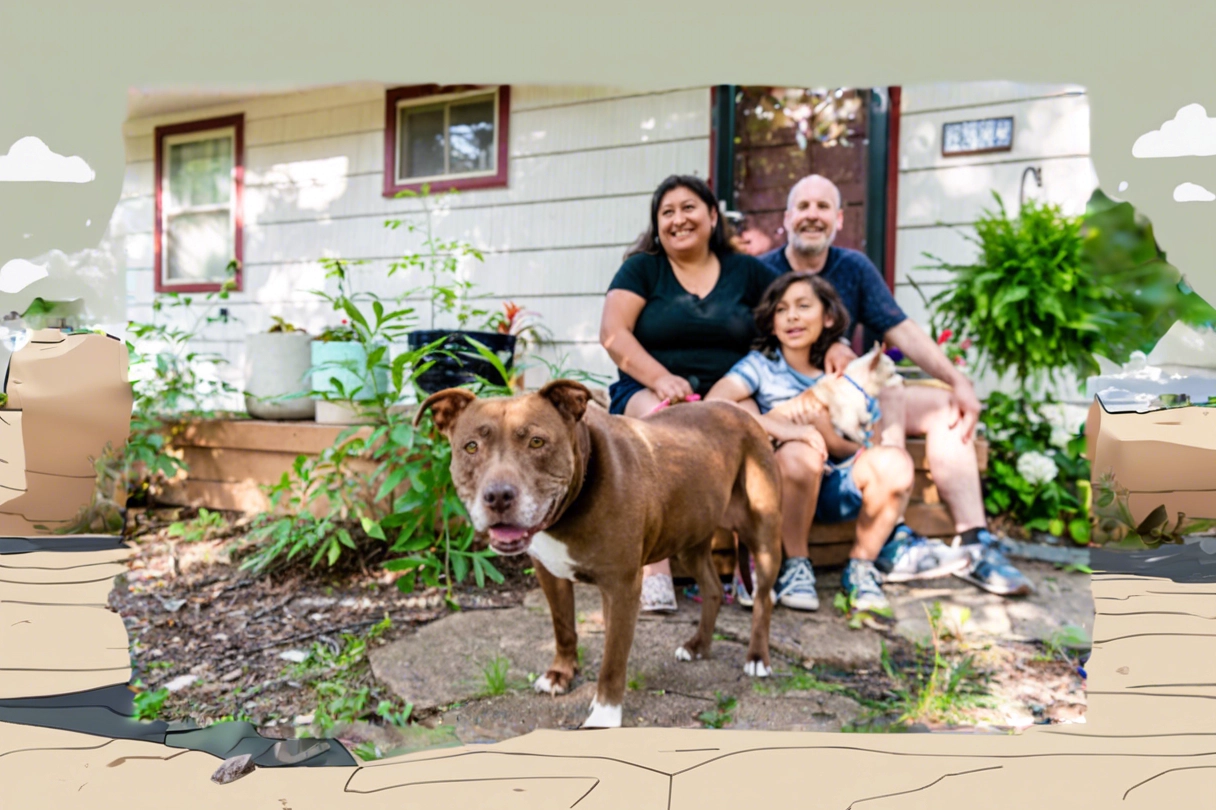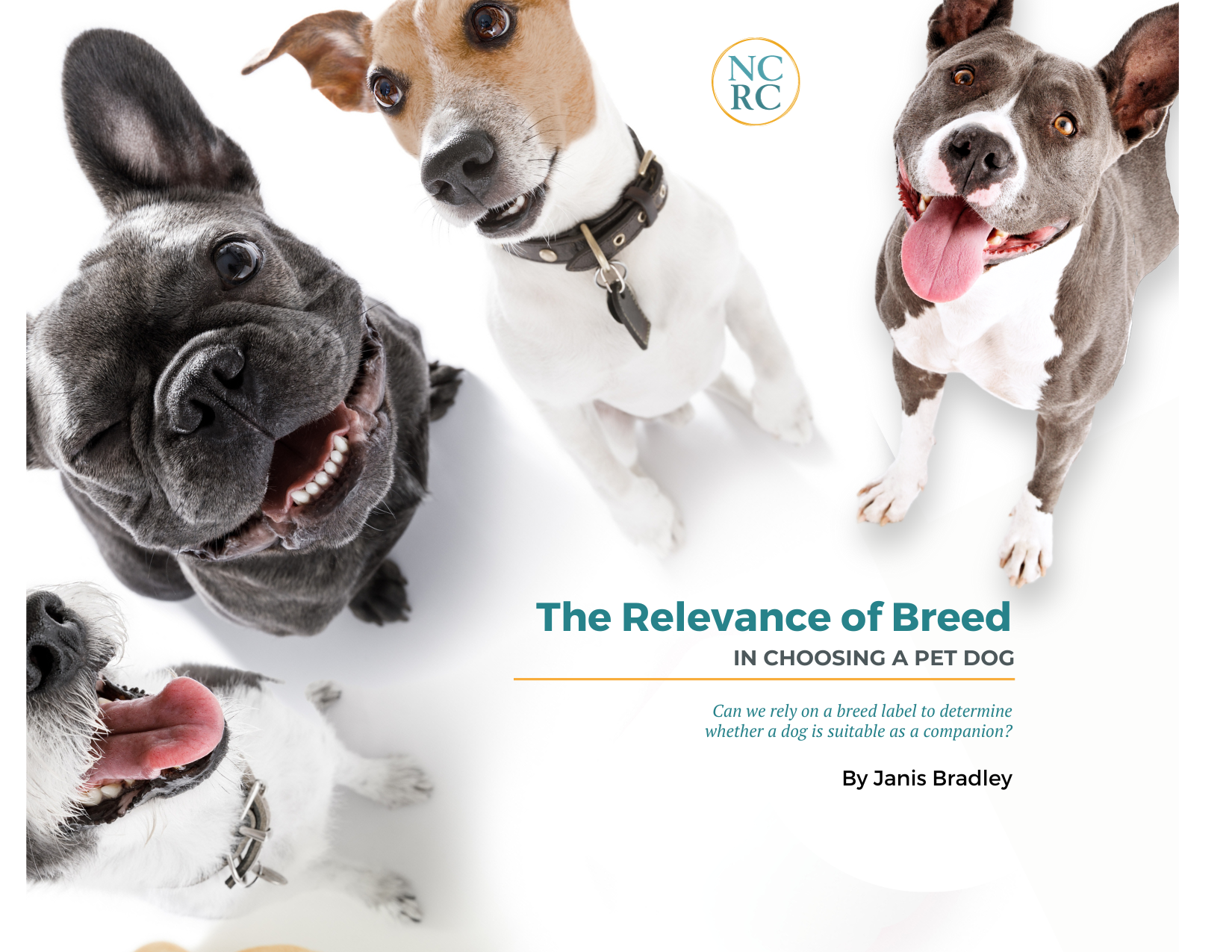Myth #1
There is a prevailing myth that shelter dogs are “damaged” or “have something wrong with them.” This myth can lead to shelters running a battery of tests, called behavior evaluations, on the dogs in their care, in an effort to find problems that are rarely there.
According to two decades of research, there is simply nothing different about dogs who live in a shelter from dogs who have a cozy couch. They are just dogs who are living in a shelter environment while they are between homes. There is nothing that sets them apart, behavior-wise, from dogs acquired from a breeder or a friend or a next door neighbor
Sometimes, of course, dogs are surrendered by their owners because there was a behavioral incompatibility between them, although much more often for some other reason entirely. And what’s incompatible varies dramatically from one owner to another.
Myth #2
For the sake of argument, let’s pretend the aforementioned research doesn’t exist. Let’s say that these dogs are naughtier than dogs living with families. How can we measure that? Is there a way we can suss out behaviors that all or most adopters will find incompatible? Many people believe that we can.
But that belief is wrong.
Behavior evaluations do not have the sensitivity to identify dogs with the target behaviors even if we knew what those were. Nor do they have the specificity to correctly identify the ones who do not have behaviors we decide to target.
If we’re talking specifically about safety issues, in other words, the likelihood of any individual dog threatening or biting a person, even if we had far better tests than any that have been designed, there would only be a 50/50 chance that the current tests would shed any insight into a dog’s future behavior in a home environment. In other words, even a really great test would be no better than flipping a coin. And with the tests we actually have, the odds are much much worse.
A dog’s life is worth more than a coin toss.







